We’ve featured a ton of survival and MacGyver tips over the years that could help you out of a fix, but what if you’re next to someone else who’s having an emergency? Don’t just stand there as the person chokes or faints! Know what to do in these life-or-death situations.
Before we start, the very first thing you should do is call for emergency help (or if someone else is around make sure they call 911). Then, while you’re waiting, see what you can do to help the person. Also, make your safety a priority too. As flight attendants emphasize before takeoff, when the oxygen mask comes down, you have to secure yours first—otherwise you’re of no use to anyone else.
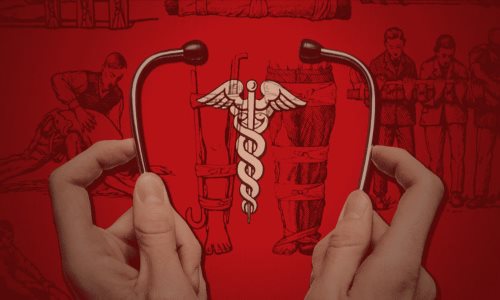
With these things in mind, you don’t need to be an Emergency Medical Technician or other health pro to possibly save someone’s life one day. Here are a few things to know.
How to Perform CPR
When you think “life-saving skills,” the first thing that probably comes to mind is CPR, the technique that could make all the difference for someone who has collapsed and is under cardiac arrest. It’s always best to take a class, so you know the proper procedures and have practiced them beforehand, but even without official training you could save a life if no one else is around with more CPR experience. Solely watching a one-minute instruction video about CPR could make you a better life-saver.
“Hands-only” CPR can be done for anyone (except newborns) whose heart has stopped beating, according to the American Heart Association/Mayo Clinic. With this technique, also known as “compression-only” CPR, you press down about 2 inches deep on the chest at a rate of about 100 times per minute until the paramedics arrive—and skip the giving breath part. According to one medical review examiner, singing the BeeGees’ song “Stayin’ Alive” will help you keep that tempo. (Queen’s “Another One Bites the Dust” is another alternative, but probably not appropriate in this situation).
What to Do If Someone May Be Having a Heart Attack
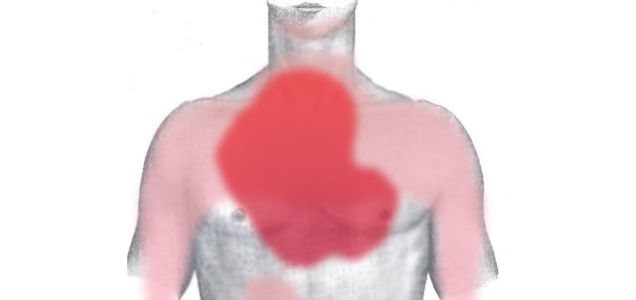
With one out of every seven deaths happening in the US because of heart disease, it’s important to know the common signs of heart attacks and what you can do to help a person going through it. Sometimes the symptoms are obviously cardiac arrest (which would require CPR, above), and at other times they’re not so dramatic and could just seem like heartburn. After calling for help, if the person is over the age of 16 and confirms he/she isn’t allergic to aspirin—and isn’t taking any medications that could interact with it—offer a tablet of aspirin, which the Mayo Clinic says could reduce damage to the heart.
How to Help Someone Who Is Choking
In restaurants everywhere, you see posters illustrating how to do the Heimlich maneuver when the person’s airway is blocked by food or another object. Chances are those posters aren’t in your home or out in the street as you go about your everyday life, so this first aid technique, demonstrated in the video above, is useful to memorize for any environment. Note: before doing the abdominal thrusts, give five blows to the person’s back with the heel of your hand.
There are different techniques for children and infants, whose small tracheas and propensity to swallow random objects put the fear of choking into every parent.
How to Save Someone Who’s Drowning
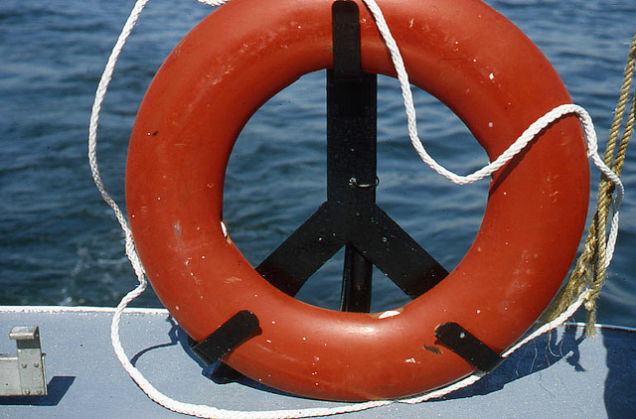
Drowning is one of the most common causes of accidental death, especially among children. If you’re not a skilled swimmer who knows how to swim with a possibly flailing person, the most important thing to know is that swimming out to the person should be the last resort. Family Doctor offers this mnemonic: “Reach, throw, row, go”
- Reach: If the person is near the edge of a pool or dock, lie flat on the ground and try to reach the person. Use a tree branch, oar, towel, or shepherd’s hook to lengthen your reach. If you have to, get in the water and hold onto the pool edge or dock while trying to reach the person
- Throw: Throw a safety ring, if available
- Row: Get a boat (again, if one’s available)
- Go: Swim out as the last resort. Bring a rescue safety ring, towel, or shirt with you so you can tow the person in.
How to Treat Bleeding

There are different kinds of bleeding, from a minor scrape to the most dangerous type, arterial bleeding. In either case, your goal is to stop the bleeding as soon as possible. According to the Mayo Clinic, after washing your hands and putting on gloves (if available; a clean plastic bag could suffice), you should:
- Have the person lie down and cover him or her with a blanket. Elevate the site of bleeding.
- Remove any obvious dirt or debris from the wound, but leave any large or deeply embedded objects.
- Apply continuous pressure with a clean cloth or bandage for at least 20 minutes without looking to see if the bleeding has stopped.
- Add more gauze if you need to.
- If the bleeding doesn’t stop, apply pressure to the artery: “Pressure points of the arm are on the inside of the arm just above the elbow and just below the armpit. Pressure points of the leg are just behind the knee and in the groin. Squeeze the main artery in these areas against the bone. Keep your fingers flat. With your other hand, continue to exert pressure on the wound itself.”
- Leave the bandages in place and immobilize the injured body part once the bleeding has stopped.
How to Treat a Burn
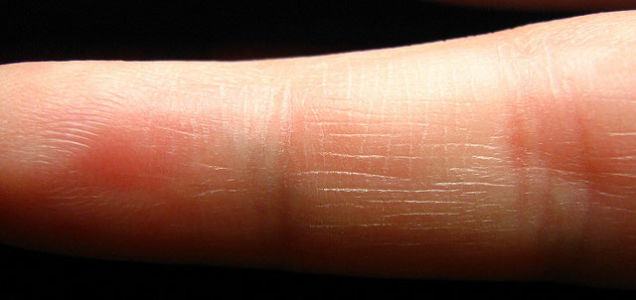
Large or severe burns should be treated by a medical professional, but Dr. Matthew Hoffman offers this advice on WebMD for steps you can take:
Immediately after a burn, run cool tap water over the skin for 10 minutes. Then, cool the skin with a moist compress. Don’t put ice, butter or anything else directly on the burned skin. Clean the skin gently with mild soap and tap water. Take acetaminophen (Tylenol) or ibuprofen (Motrin, [Advil]) for pain. Simple burns involving only the very surface of the skin do not need dressings.
The BBC, however, recommends running cold water for at least 20 minutes, as this can help for up to three hours, and also advises you remove clothing and jewelry. (That butter remedy really is a myth, by the way. Apparently people would put yogurt, tomato paste, raw egg whites, sliced potatoes, and even cooking oil on a burn. Butter might be useful if you have hot tar on your skin, but otherwise save those other items for your meals instead.)
How to Deliver Baby in a Car (or Anywhere Else)
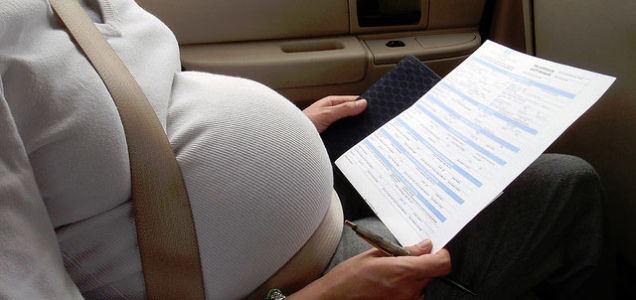
The fear of every pregnant woman and her partner: Having to deliver the baby without help. This might not be a priority life skill for you if you don’t often find yourself in the company of a pregnant lady, but one of the things about survival skills is you never know when you’re going to need them. Babies basically deliver themselves (but still could use a little help):
- Time the uterine contractions. You’ll know it’s most likely real rather than false when contractions are about three to five minutes apart and last forty to ninety seconds, as well as increasing in strength and frequency, for at least an hour. This is for first-time mothers.
- Support the baby’s head and then body as it moves out of the mother’s body
- Dry off the baby and keep it warm. Don’t slap the baby’s bottom, but do clear out any fluid from the baby’s mouth with your fingers if necessary.
- Tie off the umbilical cord several inches from the baby with a piece of string (e.g., a shoelace).
- You don’t have to cut the cord unless you’re hours from the hospital. If that’s the case, safely cut the cord by tying it again a few inches closer to the mother and cutting between the knots.
If you have absolutely no alternative and the baby is starting to emerge feet first (a breech baby), the instructions are the same.
How to Carry Someone Heavier Than You
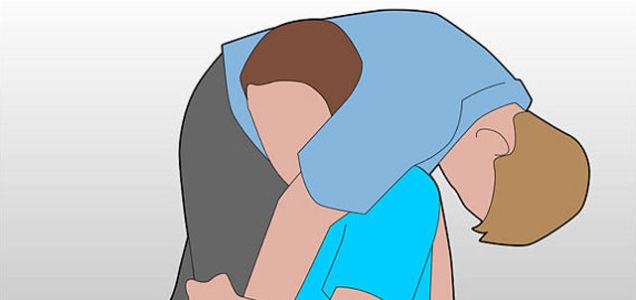
Usually it’s best to leave a person who’s hurt where they are until medical help comes. You should never move a person who might have a head, neck, or spinal injury. In other cases, however, you might need to move someone to a safer location. If you’re not very strong or that person is heavier than you, here’s how to lift that person without hurting yourself in the process:
- With the person facing you, take the person’s arm and pull it over your shoulder
- Kneel down or crouch down so the person’s middle is against your shoulder
- Thrust up with your legs and hips to stand. Don’t lean forward or you’ll hurt your back.
- The person will now be hung over your shoulder and you can walk around.
WikiHow offers illustrated steps. It also recommends trying this on small people or children first, which could be awkward or entertaining depending on the guinea pig.
Hopefully you’ll never need to put any of these life-saving tips into play, but whether you have a first aid kit on you or not, at least you’ll know what to do just in case. Bonus: Here’s a printable two-page guide (PDF) to treating a few other common injuries, including a bleeding nose and sprains, from Real Simple.
Source : lifehacker.com
Photos by piotr_pabijan (Shutterstock), J. Heuser, historicair, Little Li, Valerie Everett, City of Boston Archives, Daquella manera.

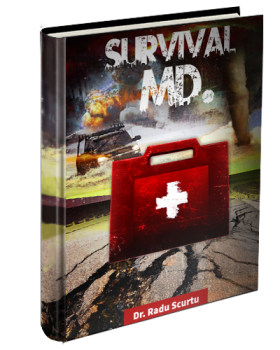

Some great tips across the board here. As preppers, we sometimes lose sight of the high probability that we will need this type of training and information as opposed to bug out information. Thanks for sharing.